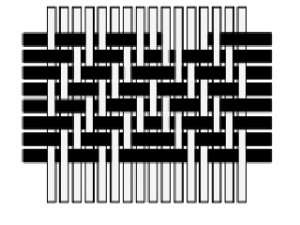
Woven fabrics are made using two or more sets of yarns that are woven at right angles to each other. Extensive types are also produced through knitting. The woven garment is formed by the interweaving of two sets of threads, the warp and weft. These strands are woven together depending on the type of texture or design. Yarn strands are those that flow longitudinally along the length of the fabric, but weft strands are transversely aligned with the fabric.
Classification of woven structures
Woven structures are divided into the following classifications:
– Simple structures
– Complex structures
In the case of simple structures, there is only one set of warp and weft strands. These threads are interwoven with each other alternately. All strands of adjacent warp and weft are parallel to each other and play an important role in determining the properties of the fabric equally. In the case of complex structures, there may be more than one set of strings, one set forming the text or background of the fabric, and the other sets forming the pattern and decoration of the fabric. Unlike simple structures, neighboring strings in this structure do not need to be parallel to each other.
Fabric texture illustration methods
The overlap of the yarn, in which case the yarn is placed above the weft.
Fabric overlap, in which case the fabric is placed above the warp.
When the yarn is higher than the woven fabric, the fabric overlap is achieved. When the weft string is lower, the warp string is woven above the weft string and the overlap of the yarn is achieved.
There are two practical ways to illustrate fabric texture:
– Linear
– Canvas
In the linear method, each strand of fabric is represented by a vertical and horizontal line, respectively. The point of the common season The lines corresponding to the overlap of the warp are marked by a dot, but the point of the common season corresponding to the overlap of the fabric remains indistinct.
In the canvas method, a square plate is used in which each vertical and horizontal space represents the warp and weft strings, respectively. Therefore, each square represents the common thread of the warp and weft.
The square is either filled or shaded to show the overlap of the warp. A blank box indicates that the weft string is beyond the warp, ie the weft is overlapping. Different types of markers may be used to indicate wire overlap. The x marker is commonly used.
The main elements of fabric texture design
The three main elements in fabric texture design are:
– Designing
– Prototype or design plan
– Impact map
The design indicates the intertwining of the warp and weft strands in the designer’s design report. This mode is made up of a number of squares that specify the size of the design iteration.
The vertical and horizontal directions of the squares represent the wefts and threads, respectively. The emptiness of the square indicates that the yarn is under the corresponding fabric, and the X marker in the square indicates that the yarn connections are higher than the fabric.
The prototype shows how the threads are designed through the milmilk eye and determines the number of milmax axes required for a given texture repetition. The choice of the original design pattern depends on the type of fabric texture.
Impact maps provide useful information for the weaver. The degree of elevation of the mill shafts is determined by this map. In an impact map, the vertical and horizontal spaces represent the threads and wefts, respectively.


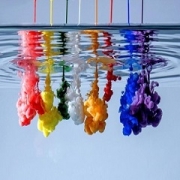


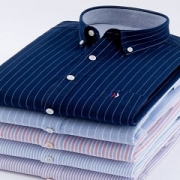
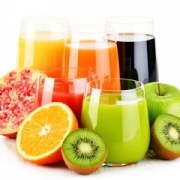

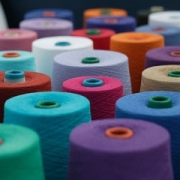



Leave a Reply
Want to join the discussion?Feel free to contribute!